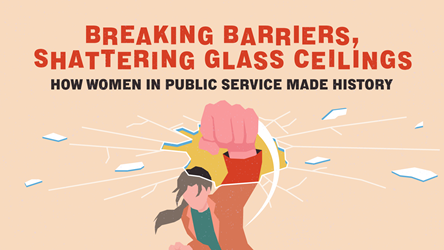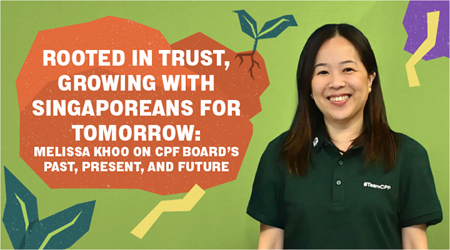Fighting Fires, Growing Ideas: SCDF's Culture Of Innovation
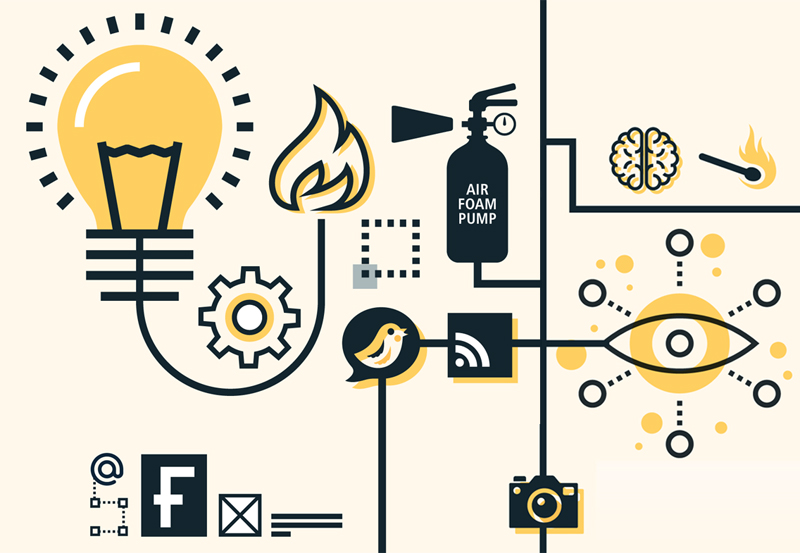
When someone says “I've been fighting fires all day”, that’s never a good thing, right?
Yet, for the Singapore Civil Defence Force (SCDF), the very act of fighting real fires and attending to emergencies daily has shaped the organisation’s culture positively, said its Commissioner Eric Yap.
He explained: “At the staging point – which is the final frontier before we despatch our firefighters into an operation – we do all we can to brief him, to prepare him, but the moment he leaves the final frontier, he’s on his own.”
This means the firefighter has to fall back on his training to evaluate risks, think on his feet and take the initiative to solve problems – there is no time for lengthy consultations or processes. Meanwhile, the commander, who monitors the situation closely, learns to trust and support his frontliners’ actions.
Over time, observed Commissioner Yap, this daily “practice” of independent problem-solving has created a culture where everyone, particularly the frontliners, feels they can change things for the better.
This sense of empowerment, together with an established innovation framework that includes regular “ideathons”, has spawned plenty of good ideas.
A team of firefighters, for instance, found it inefficient to spend 45 minutes daily to go through a checklist of 1,000 pieces of equipment in their emergency vehicles. They brainstormed and came up with the idea of tagging each item with a radio frequency identification (RFID) chip. Using an RFID reader, the tracking and accounting of equipment is now easier and takes up less time. Today, the system is also used to sort out equipment after major fire operations involving several fire stations – reducing the likelihood of equipment being mixed up or misplaced.
Go beyond the radical
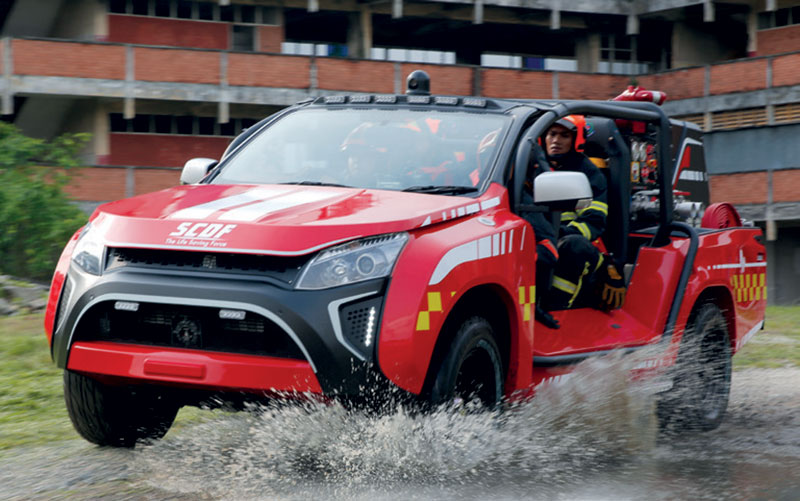
Commissioner Yap described the RFID system as a “routine” innovation, where tweaks are made to existing processes or technologies. “Radical” innovation introduces new technologies to existing systems, such as the use of compressed air foam for firefighting. The air foam pump in the latest Red Rhino vehicle uses 70% less water than a conventional pump, and is about 40% lighter than a water hose.
While routine improvements and radical ideas are important, what Commissioner Yap really hopes to spur are innovations that will change the way the SCDF operates (its “business model”, in his words) so that it can respond to and prepare for challenges of the future, such as a tight labour force and resource constraints to build new fire stations and posts.
In anticipation of these future challenges, the SCDF made a mindset shift two years ago that included embracing the public as part of its emergency response.
First, it pushed through legislative changes requiring companies to have in-house first responders who can prevent emergencies from escalating into major disasters. This year, it launched the myResponder mobile app, which alerts registered first responders to nearby emergencies, so they can carry out lifesaving procedures before the ambulance arrives.
“This reshaped our business model because traditionally it is only about the SCDF responding… We feel that this is a considerable [improvement] that we have [made] to emergency response,” said Commissioner Yap, who shared that cab drivers have also joined the emergency response “fraternity” through the myResponder app, which won Bronze at the Asian ICT Awards 2015.
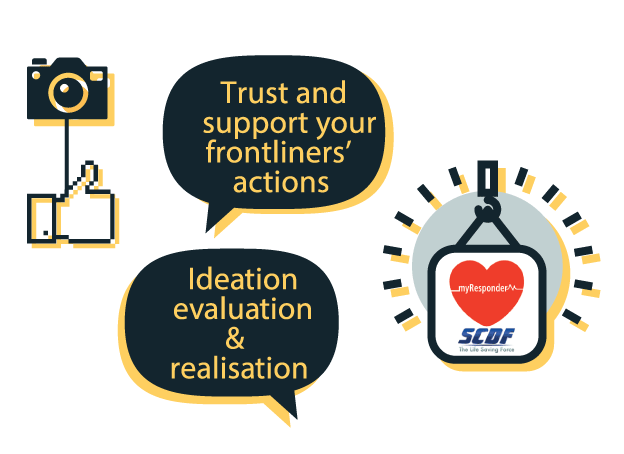
Seek outcomes, not perfection
The impetus to solve challenges, big or small, stems from the SCDF mantra that “there is no unaccomplished mission”, said Commissioner Yap. “To us, no matter how trapped a person is in any situation… we will save him… so there’s this genuine push to find a solution literally on the fly.
“I give frontliners the assurance that ‘if your best judgement tells you that you need to do this to accomplish the mission, then go ahead and do it and you can be certainly assured that the organisation will be with you.’”
This was exemplified during the 2013 Little India riot when SCDF officer Lieutenant Tiffany Neo broke protocol by removing the traffic accident victim’s body from the scene. The SCDF stood by her decision. A Committee of Inquiry subsequently lauded her for her quick thinking and gumption.
This firefighter’s yen to do whatever it takes to save lives and property has influenced the entire organisation, observed Ms Michelle Lim, Senior Staff Officer from the Public Affairs Department.

Ms Lim, who is part of the SCDF’s social media team, shared: “Whenever the team decides to post something witty and humorous on our social media platforms, the same ‘never say no’ attitude from senior management permeates down,” such that the team isn’t afraid to step out of “the bureaucratic line” as long as it is convinced that doing so improves outcomes.
Indeed, the social media team has won praise for “keeping it real” with their engaging and timely Facebook posts, cheeky hashtags, as well as witty – some say bold – Twitter exchanges, a departure from the usual staid government communications.

But their posts or exchanges aren’t just to tickle the public, Ms Lim stressed. “It’s about humanising the interaction… It’s really difficult to tell you ‘Don’t keep your cooking unattended’ repeatedly without sounding too naggy… so just before Deepavali last year, we took a picture of a jar of murukku and posted it on the SCDF Facebook with a comment ‘Nobody likes burnt murukku so don’t keep your cooking unattended.’”
While the SCDF believes in being prepared, it is also aware that there will always be some uncertainty, especially in emergency operations, and “times when things aren’t going right”, so the key is to focus on seeking the best outcome, said Commissioner Yap.
“Be less of a perfectionist but one who allows an environment where people [can] learn, adapt and grow. Fundamentally, if we’re not able to accomplish the mission, no matter how perfect the operation… it is still considered a failed mission.”
- POSTED ON
Jan 5, 2016
- TEXT BY
Bridgette See





